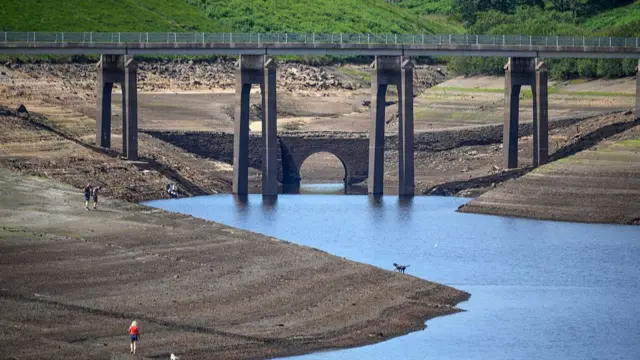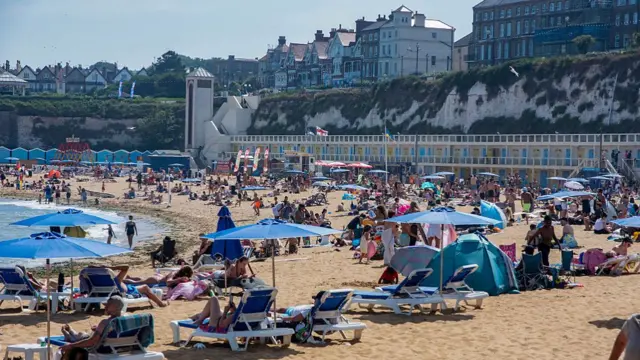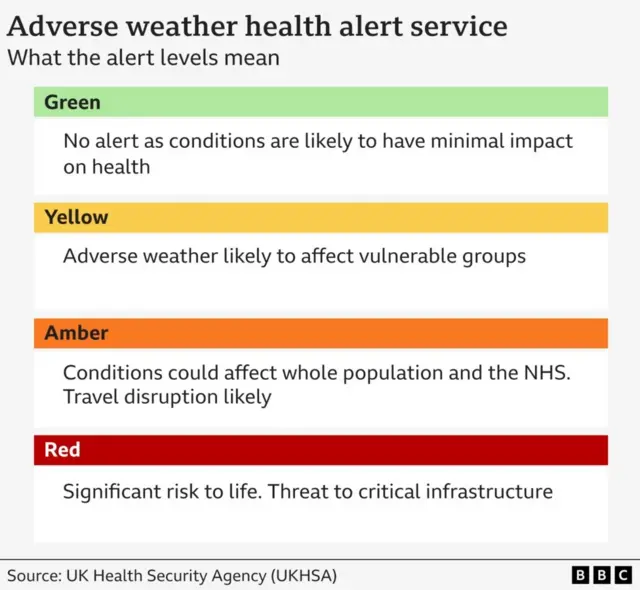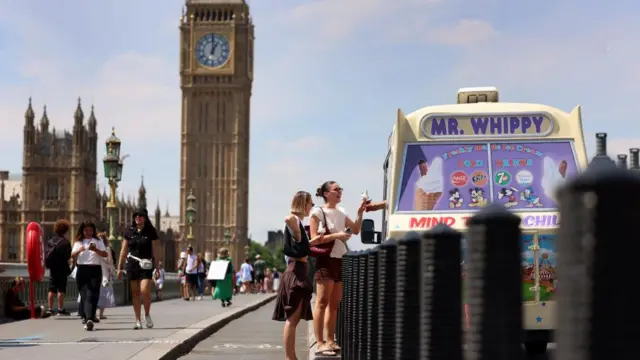First hosepipe ban of the year starts in parts of UKpublished at 09:35 BST 11 July
 Image source, Getty Images
Image source, Getty ImagesReservoir levels across Yorkshire are at a record low, according to Yorkshire Water
A hosepipe ban affecting more than five million people has come into effect today across much of Yorkshire, parts of North Lincolnshire and parts of Derbyshire.
It prohibits the use of a hosepipe for activities such as watering the garden, washing the car or filling a paddling pool. Anyone flouting the restriction could be fined up to £1,000.
Yorkshire Water says the region has experienced its driest and warmest spring on record, with only 15 cm of rainfall between February and June - less than half of what would be expected in an average year.
The water company says it has been left with reservoir water levels at about 50%, compared with expectations they would be about 80% full.
Yorkshire is the first UK county to face restrictions on water usage amid an extended spell of dry weather nationwide.




